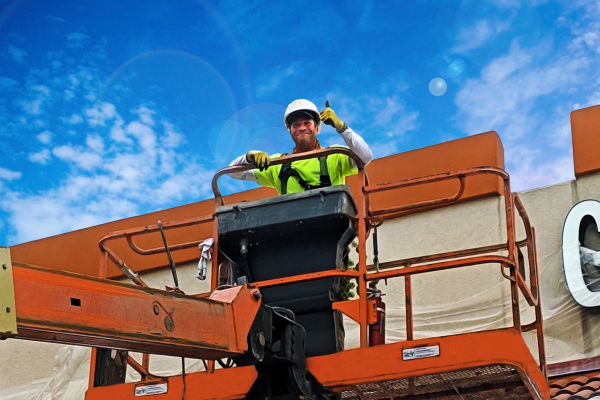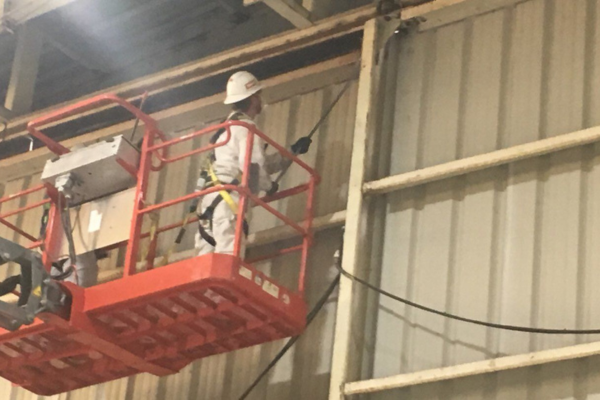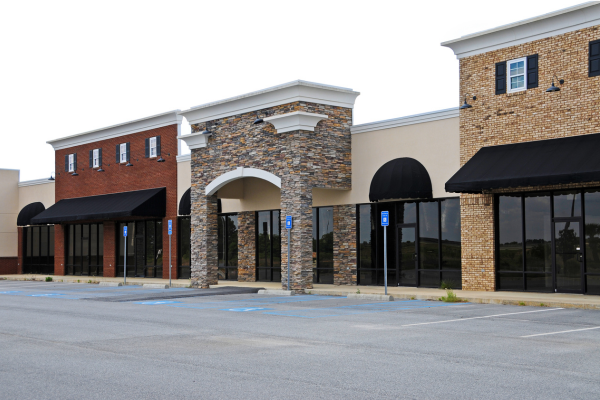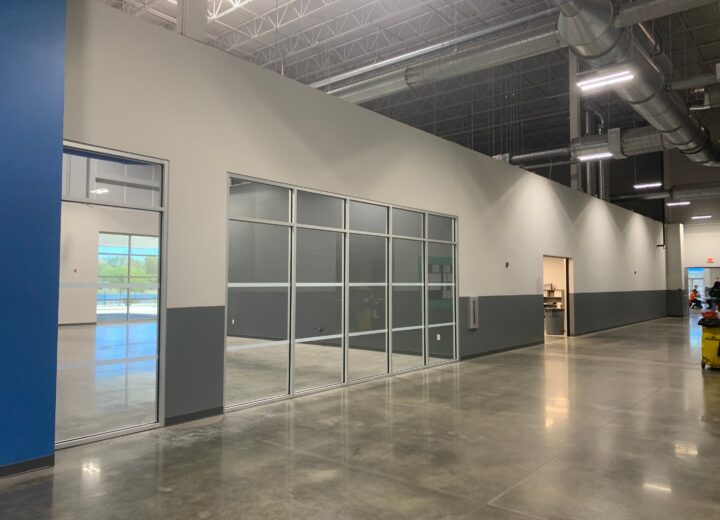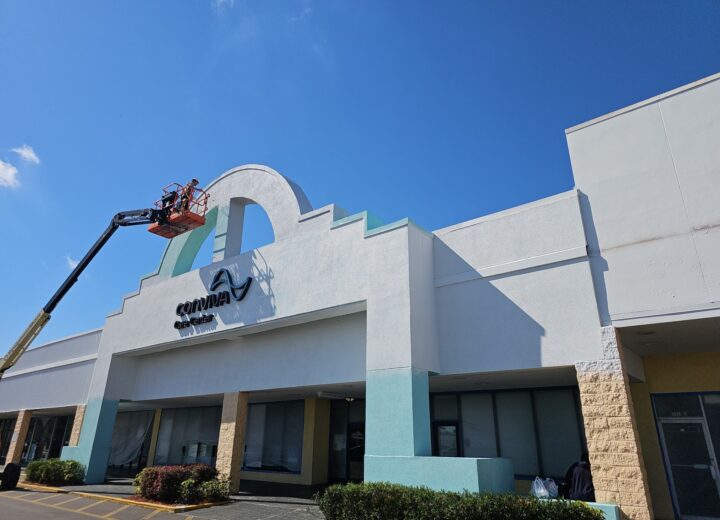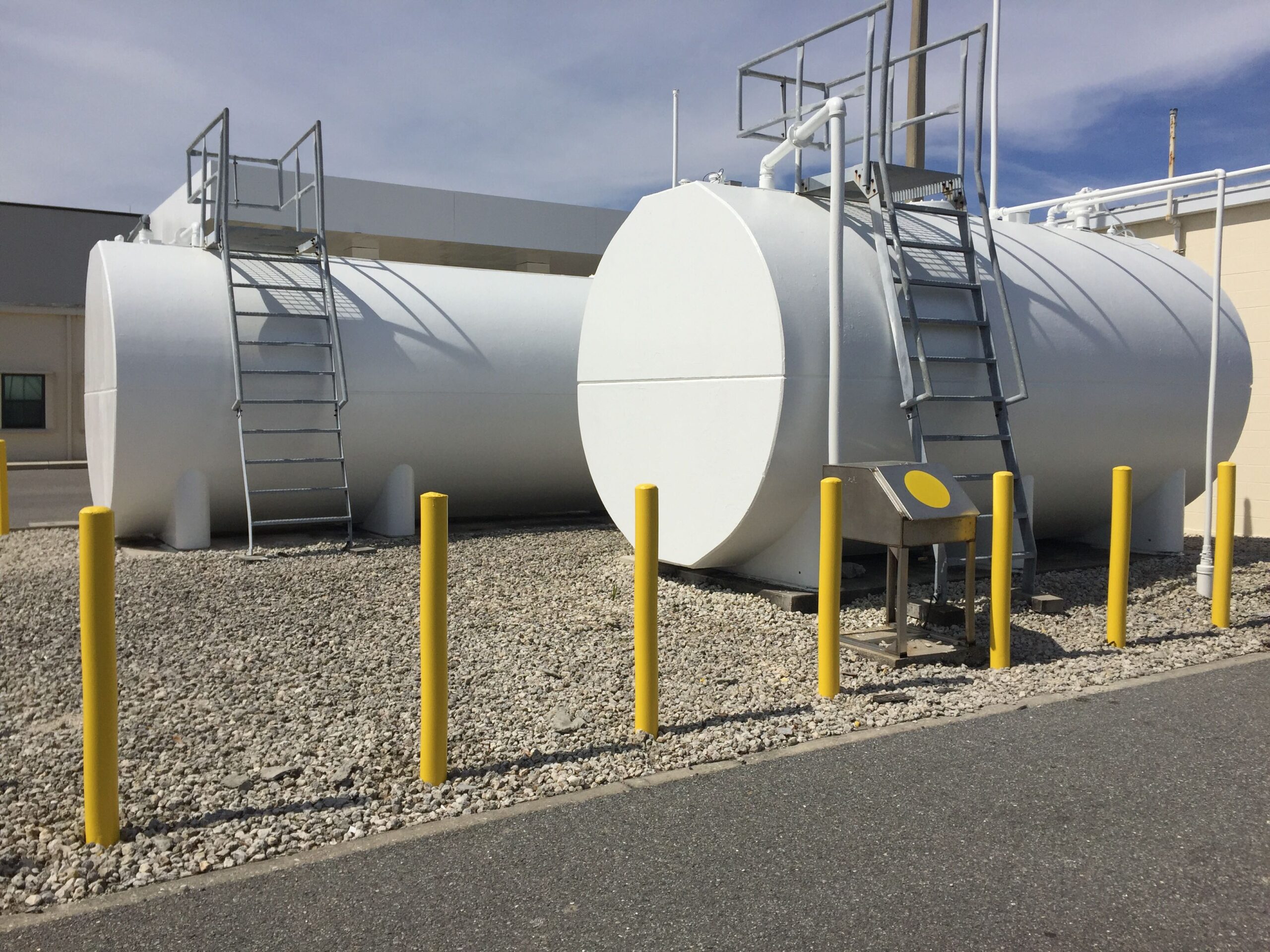 The principal function of an agricultural silo is to extend the life of high-moisture grains stored inside. They can create an ideal atmosphere for long-term storage by generating a pressurized area. Modern silos are also used to support monitoring equipment that tracks the temperature and quality of contents and ensures powdered products can be handled safely.
The principal function of an agricultural silo is to extend the life of high-moisture grains stored inside. They can create an ideal atmosphere for long-term storage by generating a pressurized area. Modern silos are also used to support monitoring equipment that tracks the temperature and quality of contents and ensures powdered products can be handled safely.
In industrial facilities, silos can also store various other materials useful on the worksite. Some examples include cement, calcium oxide, activated carbon, or plastic resins. Since new silo construction can cost hundreds of dollars per square foot, silo rehabilitation is common.
Regardless of use, silos must be capable of weathering the elements under all local conditions.
As a silo ages, it becomes more likely it will suffer some degree of performance loss. This can result from cracks in the foundation or even warping that changes the basic shape of the silo. Degradation can lead to catastrophic failure that renders the contents of the silo unfit for use. In the most serious cases, fire or explosion risks can arise.
The Need for Silo Rehabilitation in the Industrial Environment
You might see silo rehabilitation referred to as silo repair or silo strengthening. Rehabilitation is best understood as a comprehensive process that includes a complete evaluation of the silo and site conditions along with remedial action. Done right, it greatly extends the unit’s longevity.
Most silo rehabilitation projects focus on a very small number of common problems.
As silos age, they are prone to:
- Vertical and horizontal cracks
- Concrete spalling
- Corrosion of rebars
- Reduction of concrete cover
Any silo rehabilitation project should begin with an assessment survey of the structure’s current condition. Minor damage can be resolved through cosmetic repair and additional protection. In many cases, however, serious damage is found and should prompt a full examination.
As damage is addressed, it’s important to consider whether it’s possible to reduce the load on the structure. Structural strengthening and seismic upgrades can restore a silo beyond its original tolerances, ensuring superior performance for years to come.
In most cases, however, the silo rehabilitation budget is limited. It is vital to pinpoint a cost-effective solution – otherwise, the silo may need to have its capacity downgraded, even if it can remain in service. Recognizing and acting on the most common silo rehabilitation issues ensures the project is completed quickly and at the lowest possible expense.
Tips for Successful Silo Rehabilitation
Since most cases of silo failure come down to a small handful of issues, you can improve your chances of success by following some basic best practices.
1. Double-Check Site Conditions and Assumptions
It’s not just the silo itself that can change over time, but also the surroundings. Factors such as soil alkalinity, sloping, and more can add stress to the structure and potentially harm the foundation.
Likewise, many silos are multi-purpose and their use may have changed over time. Appropriate steps taken when the silo was first commissioned may not be sufficient according to current use.
When repairing a silo, start at the beginning – with assumptions that led to the size, structure, and use of the unit. Where those basics no longer hold true, investigating will often uncover problems.
2. Check on Your Foundation Early
Like any other structure, a silo depends on its foundation. Sealing cracks often turns out to be a temporary measure: Without relieving foundation strain, they will be back soon enough. Large vertical or horizontal cracks are often caused by an overworked foundation. This is a notable risk in hot, humid climates and areas vulnerable to rain and wind storms.
3. Examine Rebar for Signs of Corrosion
Another reason to be on the lookout for major cracks is their potential to facilitate the intrusion of moisture and corrosion of structural supports. Weakened rebar should be replaced and rust remediation performed on existing supports that will stay in place. If reinforcing members rust, you can lose concrete through spalling, weakening the entire structure.
4. Use Coatings as Part of Your Remediation Strategy
Many problems with your silo can be traced to specific exterior environmental conditions and interior stressors. Coatings can help with many of these – for example, waterproofing supports foundation strength under rainy conditions, even when soil erosion is present.
5. Pressure Wash Your Silo Regularly
There are many reasons to clean your silo regularly. Silage deposits can weaken paint films via accumulation of moisture and organic acids. Loose and flaking paint can lead to air or water leaks. Washing should be performed twice annually and full re-coating every few years.
When it comes to silo rehabilitation, a “whole systems” approach that uncovers the potential for future issues is preferred over one limited to obvious problems. The silo’s exterior, supports, foundation, and surroundings all work together to deliver results, so don’t neglect them.
{{cta(‘9de02520-f11a-488c-8c31-5b289e42101b’)}}

